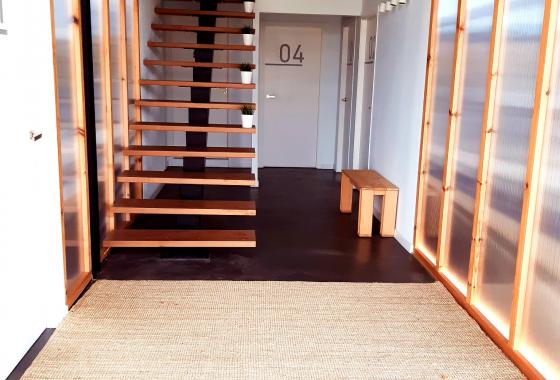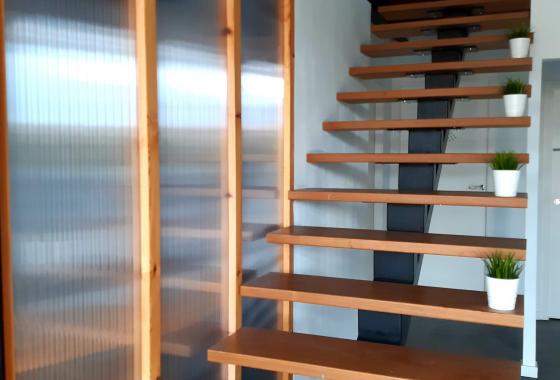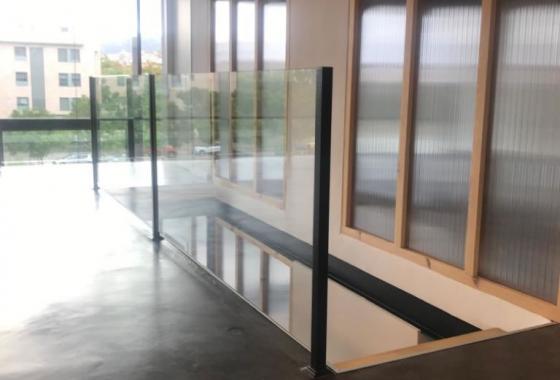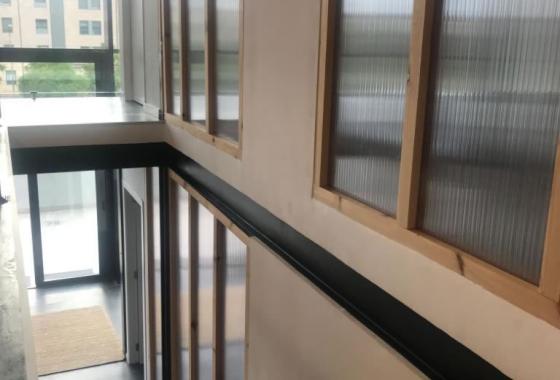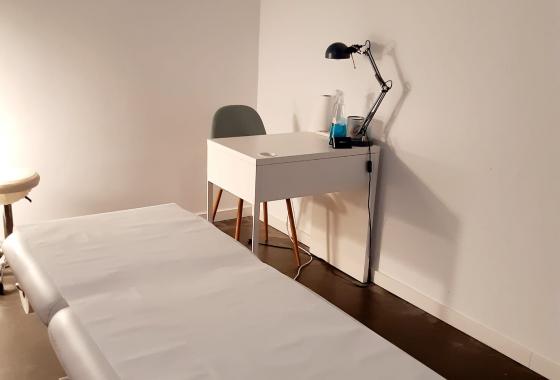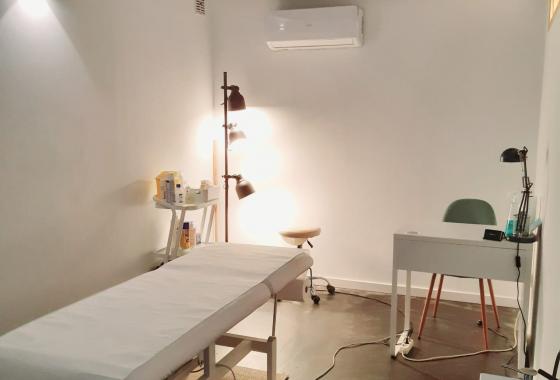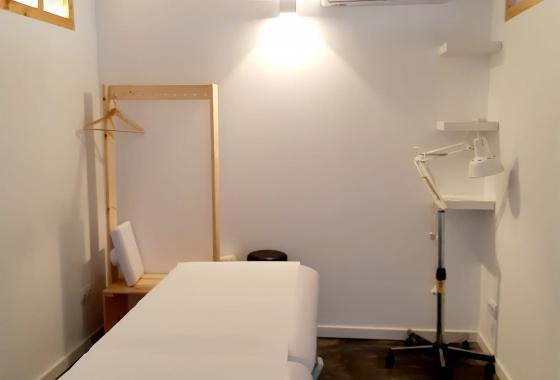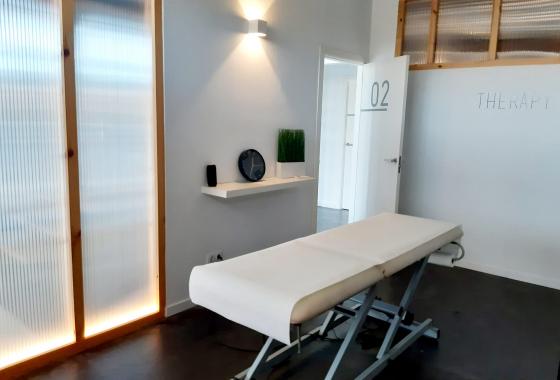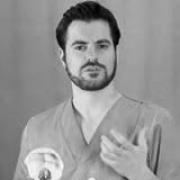The Calf Muscle Tear are frequent in adult athletes who, due to different factors that we will expose in the following article, are prone to this injury of the calf muscles. From FisioClinics Palma de Mallorca we want to share our knowledge about the so-called triceps sural tear in a brief and explicit way in the following article.
What is a Calf Muscle Tear?
This muscle injury affects the muscles that make up the calf or triceps surae, which are:
-
Lateral gastrocnemius and medial gastrocnemius.
-
Soleus.
The Calf Muscle Tear consists of the division of fibers of a calf muscle, which occurs suddenly and generates a strong and sharp pain on the affected muscular region, in addition when the injury occurs it is likely to perceive a click in the calf with immediate decrease in muscle function of the triceps sural bone and plantar flexion of the foot.
What are the symptoms of a Calf Muscle Tear?
The most notable symptoms in a Calf Muscle Tear (Triceps Surae) include:
-
Sudden, sharp pain felt in the calf.
-
Presence of inflammation and hematoma in the area of the fibrillar tear.
-
Sudden loss of muscle strength of the sural triceps.
-
Depending on the severity of the rupture of the fibers of the calf soleus, a dent in the calf may become evident.
-
Difficulty walking and plantar flexion.
What Causes a Sural Triceps Fibrillar Tear?
The causes of a Sural Triceps Fibrillar Rupture are normally of traumatic origin as a consequence of an overstretching of the muscle fibers, the factors that can favor the appearance of this muscle injury are the lack of stretching during training, poor flexibility and the presence of muscle contractures, inadequate nutrition and lack of hydration during training.
In addition, an excessive training regimen that requires a significant or sudden contraction of the calf muscle (Sural Triceps), especially when accompanied by a lack or absence of an adequate warm-up beforehand.
How is the medical diagnosis of a Calf Muscle Tear made?
The basis of the diagnosis of a rupture of the gastrocnemius fibers - soleus is the physical evaluation where asymmetry in the calf muscle is evidenced, in addition, the respective muscle contraction tests are carried out, which may reveal the muscle injury, if necessary will perform imaging tests to determine the degree of muscle tear and the specifically affected muscle, the commonly used tests are:
-
Musculoskeletal ultrasound.
-
Magnetic resonance.
Since X-ray tests are not useful to see soft tissue injuries.
 Physiotheraphy
Physiotheraphy Osteopathy
Osteopathy Massage
Massage Lymphatic
Lymphatic Group classes
Group classes Home
Home Baby
Baby











